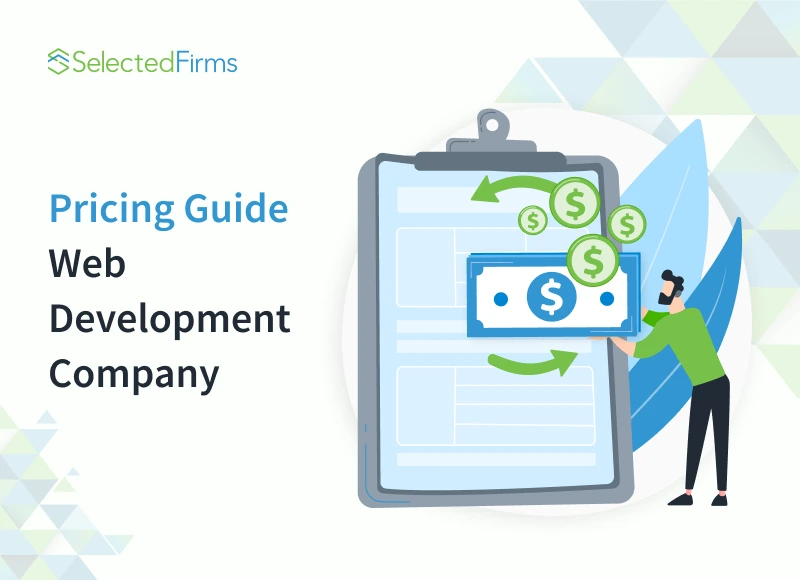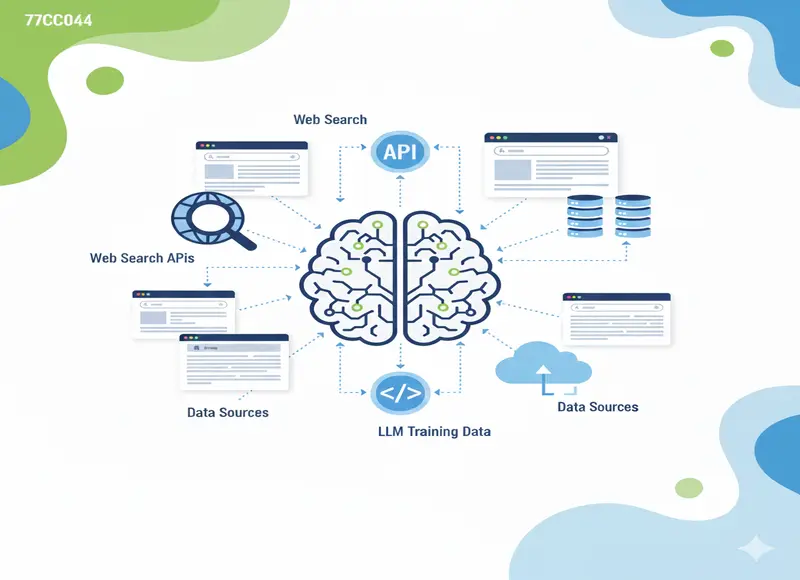Table of Contents
Unveil the biggest UX research trends that will enhance sales on your eCommerce store today! Follow our easy guide to boosting sales in no time.

“Design is so simple. That’s why it’s so complicated” – Paul Rand.
eCommerce user experience (UX) is no different. The UX needs to be addressed, with eCommerce stores pouring thousands of dollars into Facebook and other digital platforms.
When your UX goes undervalued and underinvested, your business suffers in the long run.
Why?
Customers love to shop from online stores having exemplifying designs, excellent user interfaces, and to-the-point information. With 88% of online shoppers avoiding eCommerce stores with bad UX, your store’s UX is a significant factor driving your sales.
In the realm of digital designing, UX is king, alongside your content and user interface (UI).
To make your life easier, we provide various UX research trends to help you boost sales on your eCommerce store.
8 Ways UX research trends can boost sales on your eCommerce store
If you own an eCommerce store, it’s probably the right time to elevate your website’s UX to another level because good UX leads to conversions. Here are some UX research trends in 2023 helping you escalate your conversions.
1. Embrace minimalism
Minimalism and simplicity are two powerful UX keywords for eCommerce in 2023.
When designing your store, ensure your eCommerce products are the star, UI is supporting, and UX takes center stage.
UX takes center stage when you embrace minimalism.
It primarily means your store’s design is functional, crisp, and interactive. For example, customers will likely return when you use white spaces and larger fonts and focus on simple navigation.
Minimalism is the key because when customers are given more options, they take more time to choose.
So, it’s essential to eliminate unnecessary elements and keep your design laconic.
Providing such UX enables you to engage with a larger audience.
Even in 2023, fewer customers prefer fashionable and sophisticated designs, whereas many customers are likely to prefer simple, elegant, and minimalist designs. Regular UX improvement audits can help ensure your design remains minimalist and effective, as they help identify any elements that may be cluttering the user experience.
To ensure a minimalist design, follow these steps:
- Display only valuable and relevant information
- Provide extra white spaces
- Avoid crowding the store with unnecessary images
- Use simple fonts and color palette
2. Provide smart search and usable navigation
Your eCommerce website app design, and navigation are fundamental for driving customers and increasing their time in your store.
When customers cannot find the products they’re looking for, how do you expect them to purchase?
Also, when designing your store’s interface, instead of reinventing the wheel, present visitors with a familiar user interface and website navigation system.
To provide a seamless UX, segment your products into different categories based on the type and usage or any relevant parameters your customers use to search for products listed on your website.
When designing your navigation, place subcategories to ensure customers find what they want.
Today, eCommerce websites are using artificial intelligence (AI) to enable smart searches. Including voice searches on your website simplifies the customer’s journey. Customers utter a few words and have the product on their screen.
3. Focus on a clean homepage layout
Your eCommerce store’s homepage is the first thing your customers interact with, so provide a clean homepage layout to create a positive first impression.
Ensure the placement of search bars, contact information, brands, and deals are spot on.
When you’re eager to sell your products, you follow bad practices, like showing all technical features on your homepage.
While some users might prefer this, others might ignore it.
Ensure the first section of your homepage provides information about how products can help customers. In addition, you create value by using simple one- or two-liners.
Notice how Mamaearth provides benefits of their products using a one-liner on their eCommerce store.
Nailing your homepage is the key to success because it encourages customers to purchase.
4. Show best sellers in your products
Often, offering too many products creates chaos as it becomes challenging for customers to search for relevant products.
Highlighting some of the best sellers on your eCommerce website and providing limited-period offers and new arrivals is a great UX design tactic. It creates different sections, making your website visually attractive.
Showing best sellers and other products enhances user experience, guides customers, and encourages them to purchase.
For instance, see how Walmart guides customers by providing sections like “Bestselling” on their homepage.
Notice how Etsy uses different sections for enhancing the user experience by providing different segregation on their online store.
5. Ensure customer-centric copy leads the UX design
When creating an eCommerce, you might have these two questions:
- Should you write your website copy first and then create a design or theme complementing the customer-centric copy?
- Should you design the theme and create a copy based on the store’s theme?
These questions are seemingly endless, like the hen first vs. egg first debate.
Regarding eCommerce website design, ensure your customer-centric copy leads the design. Why?
Your design has the power to support and empower your copy. For example, will you purchase a shampoo bottle because the website looks nice? Instead, you purchased because the customer-centric copy was interesting and captivating.
When creating your website copy, conduct copy research and ensure your content attracts your target audience.
This helps you create customer-centric eCommerce copy that adds to your customer experience.
Notice how Chubbies use their copy to encourage customers to purchase. A professional eCommerce website design agency can help optimize this synergy between design and copy to ensure maximum impact.
6. Improve page loading speed
With this strategy, we are back to the basics of UX design. High page loading speed is essential for any eCommerce store. However, it drastically impacts your customer's UX.
You will likely witness high loading speed when focusing on aesthetic appeal and keeping the design simple.
Did you know for 70% of your customers, page loading speed impacts their willingness to purchase from a brand?
With so much at stake, improving your page loading speed is critical for increasing UX experience and sales.
Removing unnecessary videos and animations from your website is a quick way to improve your page load speed.
Some other ways to improve your page loading speed are:
- Compress and optimize your images
- Cache your web pages
- Enable browser caching
- Reduce redirects
- Clean up your media library
- Remove render-blocking JavaScript
With page speed being Google's ranking factor since 2014, eCommerce stores focusing on improving their page speed are likely to perform better in 2023.
7. Create an omnichannel experience for your customers
Another research trend likely to dominate 2023 is creating an omnichannel experience for your customers.
An omnichannel experience is when customers interact with your brand on different channels but receive the same experience. For example, providing the same branding experience on your eCommerce store, app, offline store, and social media platforms increases sales because customers seamlessly connect with your brand.
Sephora is famous for creating an omnichannel experience for their shoppers in their online and offline stores.
Customers visiting the Sephora store use in-store tablets to access the “Beauty Bag” account. This account allows customers to create a wishlist of different items while virtually trying them.
This feature allows customers to start their shopping experience online and complete it on another channel.
8. Focus on using chatbots
Did you know more than 60% of eCommerce customers prefer a website where chatbots answer questions 24x7 and in real-time?
Today, chatbots are becoming an integral aspect of your eCommerce store as they make it easier for customers to order from their favorite brands. In addition, with chatbots reducing customer service interaction by 80%, implementing them can answer all your customer service-related misery.
Consider your eCommerce chatbots as loyal employees who know almost everything about your brand. They are always available and never hesitate to answer the same questions repeatedly.
In addition, AI-powered chatbots offer the following benefits:
- Provides an interactive experience
- Helps in automation sales
- Offers post-sale support
- Gathers feedback and data
Simply offering email support won’t help an eCommerce store because digital customers expect instant gratification, and only chatbots can provide that.
Implementing UX research trends that work
When done right, user experience drives businesses worldwide. So, when customers purchase products from your eCommerce store, ensure your website provides the same experience as your product.
Implementing UX research with the mindset of boosting sales requires some planning. In addition, you need to consider several factors, including optimal placement of CTAs, effective categorization of products, focus on minimalism, and categorizing your products.
The viability and success of any UX research trend depend upon how it helps customers search for products and how it increases their experience.
Today, while visual elements are necessary for your eCommerce store to stand out, focus on your store's functionality and ease of use.
If you implement a particular trend and it doesn’t yield the desired results, abandon it without a second thought. When something doesn’t work in the first few months, only a miracle can ensure it works later on.
While these design trends are just the tip of the iceberg, don’t hesitate to implement new trends when you come across them.
Remember, your UX experience ensures customers stay on your website for longer and purchase products.
Recent Blogs
9 Operational Excellence Strategies: How Leading Enterprises Optimize Performance
-
24 Dec 2025
-
6 Min
-
370








